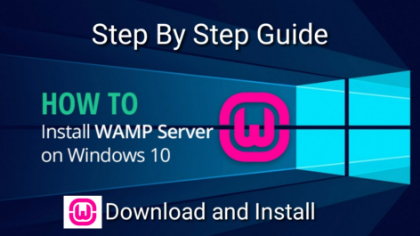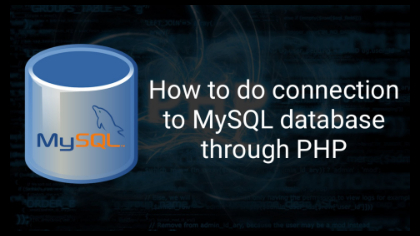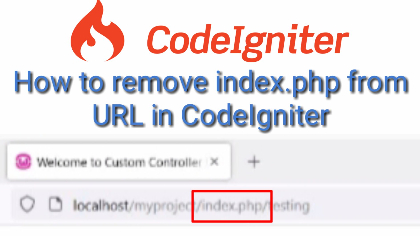

Promote your contents FREE, contents such as WebSites, YouTube channels, YouTube videos, Facebook, Instagram, LinkedIn, Twitter, Pinterest and many more.
In this video it is explained how we can install wamp server in windows 10. Step by step wamp server installation guide. How to download wamp server and install wamp server on windows 10. How to download and install wamp server 32 bit How to download and install wamp server 64 bit
Opening content automatically in secounds...
Or
This content was added on Promote Content at 04 Dec 2021 and got 1082 visits untill now.
WAMP (Windows, Apache, MySQL, PHP) is a popular web development platform that allows you to create dynamic web applications with Apache, PHP, and a MySQL database. Here are the steps to install WAMP on a Windows 10 machine: Download the latest version of WAMP from the official website (http://www.wampserver.com/). Run the downloaded installer file and follow the prompts to install WAMP. Make sure to select the correct drive and directory for the installation. During the installation process, you will be asked to choose the PHP version you want to use. Select the latest version available. You will also be asked to specify the Apache and MySQL port numbers. The default port numbers are usually fine, but you can change them if needed. Once the installation is complete, start the WAMP server by clicking on the WAMP icon in the system tray. A notification will appear in the system tray indicating that the server is running. You can access the WAMP dashboard by clicking on the notification or by visiting http://localhost in your web browser. To test that PHP is working correctly, create a new PHP file in the www directory (usually located at C:\wamp64\www) and add the following code: Save the file as info.php and then visit http://localhost/info.php in your web browser. You should see a page displaying information about your PHP installation.



